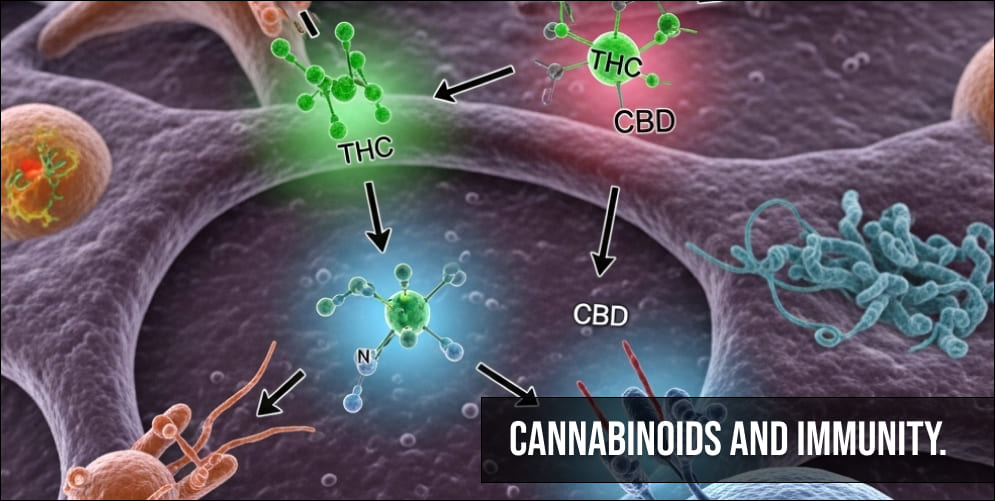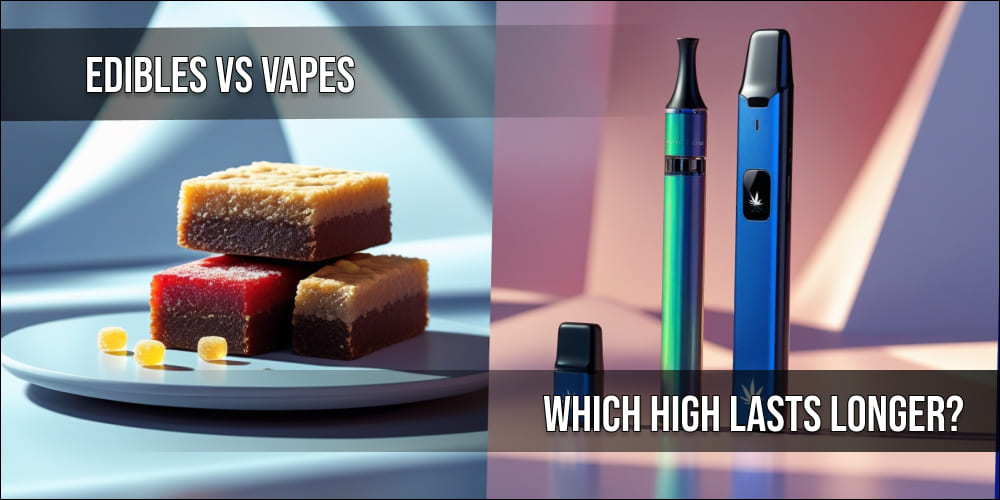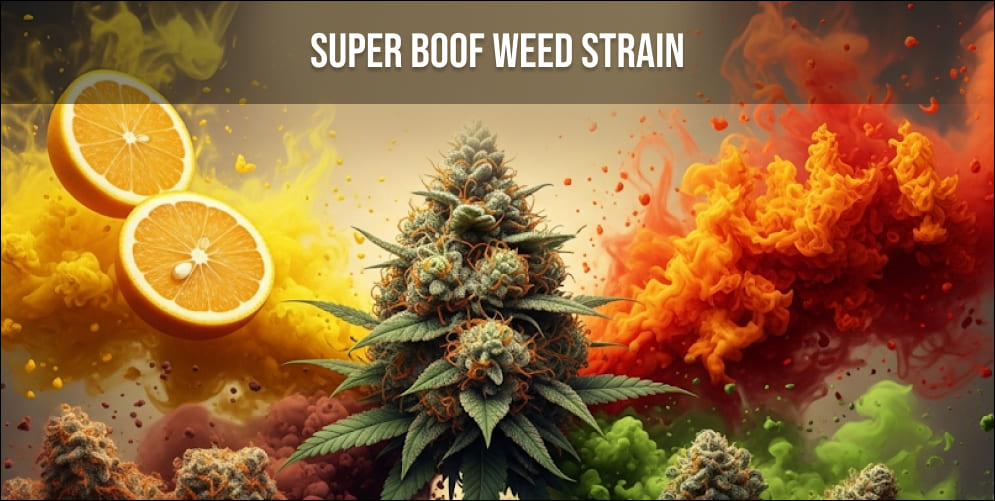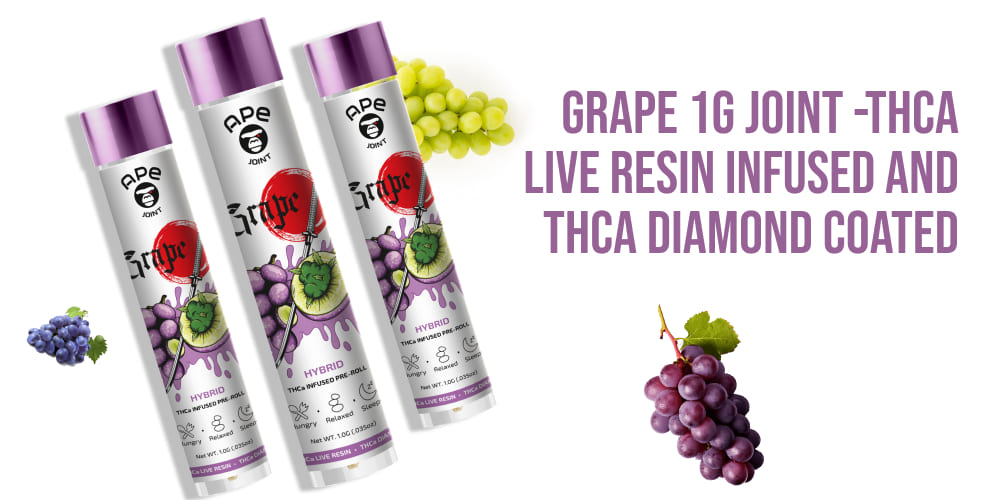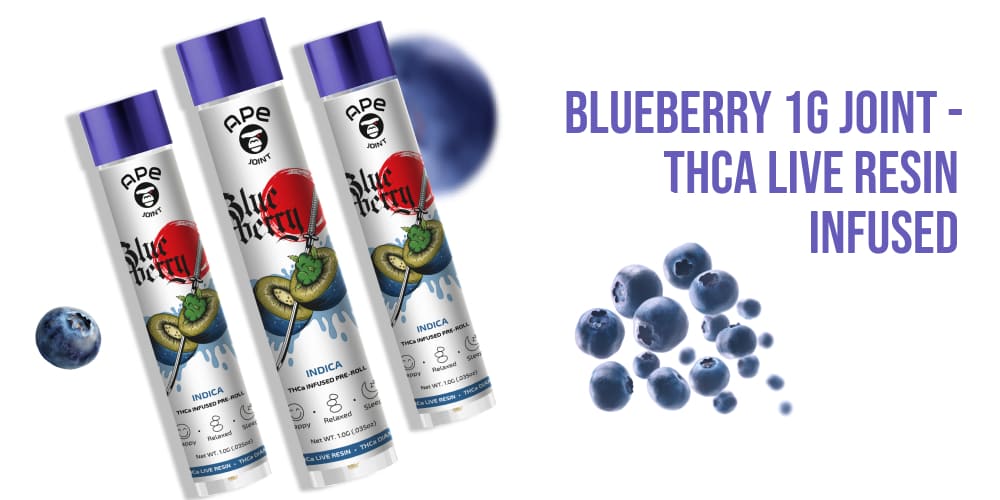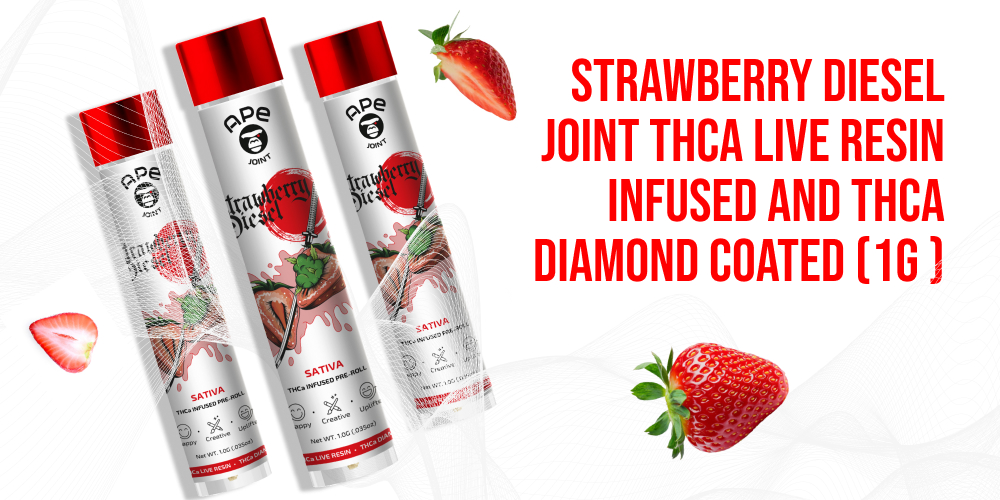What Causes the Various Colors in Cannabis?
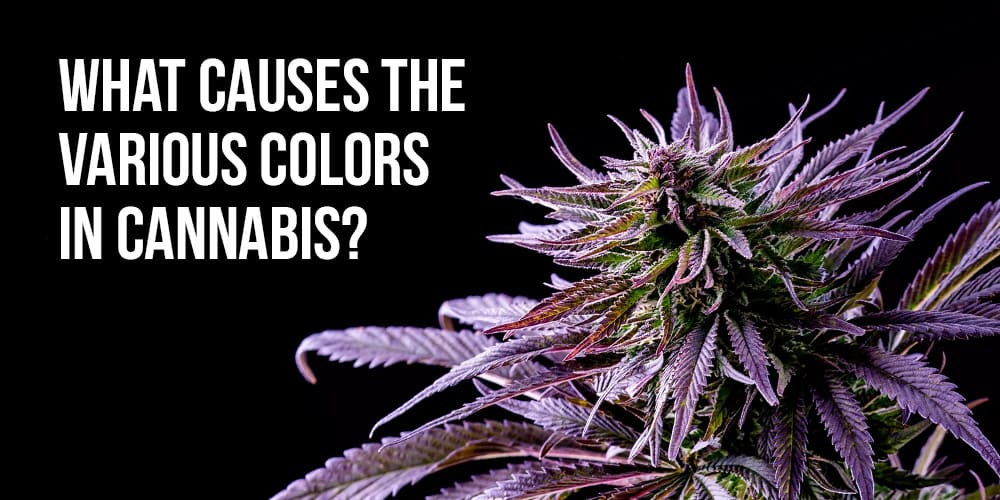
The colors in cannabis plants span a broad spectrum, from verdant greens to striking purples. Central to this diversity in hue is the plant’s inherent genetic makeup, which, when interacting with specific environmental conditions, dictates its coloration.
These colors in cannabis are not merely ornamental; they often have implications for the plant’s flavor profile and its psychoactive properties.
In the subsequent sections, we will comprehensively explore the interplay between genetics and environmental factors in shaping the multifaceted colors in cannabis.
Understanding the Natural Colors in Cannabis Plants

In its early stages, cannabis predominantly showcases a lush green hue, akin to a forest in springtime. As the plant matures, other colors begin to emerge, playing a crucial role in attracting pollinators. Over time, this dominant green recedes, much like leaves changing colors with the seasons.
Dark colors in cannabis

Some strains of cannabis showing particularly dark hues. The reason for these shades lies in the interplay of genetics, environmental factors, and cultivation practices.
Key among these are the anthocyanin pigments, commonly found in various plants, responsible for the red, blue, and purple colors. Beyond aesthetics, anthocyanins have a protective function, safeguarding plants from harmful ultraviolet radiation.
Temperature is another influencing factor; lower temperatures during the flowering stage can increase anthocyanin production, deepening the hues in certain strains.
Additionally, the pH level of the soil in which the cannabis is grown impacts its coloration: alkaline soils (pH above 7) produce more blue hues, neutral soils (close to pH 7) emphasize purple, and acidic soils (pH below 7) can intensify the darkness in strains rich in anthocyanins.
Dark-hued strains of cannabis are not only captivating in their appearance but also possess distinct effects and flavor profiles that set them apart from other strains. Deep-colored strains often deliver a more profound and longer-lasting relaxation effect.
The sedative properties are commonly associated with indica strains, making them perfect for nighttime use or for individuals seeking relief from anxiety or insomnia.
Flavor-wise, dark-colored strains are known for their rich and earthy taste profiles. These strains often have a palate that is a fusion of sweet berry undertones with hints of spicy pepper or pine.
Such a combination provides a multi-layered tasting experience that delights the senses with each puff. The presence of anthocyanins not only contributes to the unique color but may also influence the taste, giving it a slightly tart or astringent touch.
Several cannabis strains are recognized for their dark coloration and associated effects:
Blackberry Kush: This strain is characterized by its dark purple buds covered in crystalline trichomes. It is typically associated with a calming and pain-relieving effect.
Purple Urkle: Notable for its pronounced purple-blue appearance, Purple Urkle has a distinctive aroma reminiscent of grapes. Its primary effect is sedative, often recommended for individuals struggling with sleep disorders.
Granddaddy Purple: A popular indica strain, Granddaddy Purple is easily recognizable due to its deep purple buds and a sweet, berry-like scent. It offers a balance between cerebral stimulation and physical relaxation.
Here you can read more: Dark strains of weed
Red and pink colors in cannabis

In the cultivation of cannabis plants, distinct red and pink hues result from intricate interplays between biochemistry and environmental factors.
Firstly, specific pigments known as carotenoids — common in plants like tomatoes and carrots — are vital. These pigments inherently produce yellow, orange, and red colors. When they interact with anthocyanins, another group of pigments, the synergy accentuates the red and pink tones in cannabis.
Secondly, soil conditions are critical; in soils with a pH level below 6, which are considered acidic, the expression of these pigments is heightened, leading to a more vivid color palette.
Lastly, ambient conditions play a role. During the plant’s flowering phase, cooler temperatures, especially those dropping to around 50-60°F (10-15°C), stimulate the production of both anthocyanins and carotenoids, further intensifying the plant’s red and pink shades.
Immerse yourself in the sensory delights of APE mini joints, thoughtfully infused with kief and dusted with sugar diamonds. APE Premium Cannabis Corp has handpicked a variety of strains to cater to your every craving – from the tranquility of indicas to the vigor of sativas
Red and pink-hued strains of cannabis are not just striking in their appearance; they also stand out for their distinct effects and flavor profiles.
In terms of effects, red strains often deliver a balanced high, marrying the cerebral uplift of sativas with the calming relaxation of indicas. This makes them particularly sought after for users looking for a harmonious blend of mental clarity and physical tranquility.
These strains offer an enhanced sense of euphoria and creativity, making them ideal for both social settings and solitary introspection.
When it comes to flavor, red strains often boast a delicate fusion of sweet and tart notes. The presence of carotenoids and anthocyanins, aside from influencing color, may also play a role in shaping the strain’s taste.
The palate of these strains frequently features hints of ripe berries, cherries, or even a subtle touch of citrus. This combination ensures a refreshing and invigorating smoking experience, which contrasts with the more earthy and pungent flavors found in other strains.
Here are renowned red-hued cannabis strains, each distinguished by its genetic lineage, effects, and aromatic nuances:
Cherry AK: A sativa-dominant hybrid, Cherry AK is distinguished by its deep red buds and offers a mix of cerebral stimulation and relaxation. Its aromatic profile includes a noticeable sweet berry scent.
Red Poison: This indica-dominant hybrid presents buds with a blend of red and pink. It is predominantly known for its relaxing properties, useful for stress mitigation.
Panama Red: As a sativa strain with a reddish tint, Panama Red is valued for its energizing and uplifting effects, suitable for daytime use.
To delve into the types and origin of red strains, we recommend that you read this article: Red Weed Strains: A Sensory Delight
White colors in cannabis
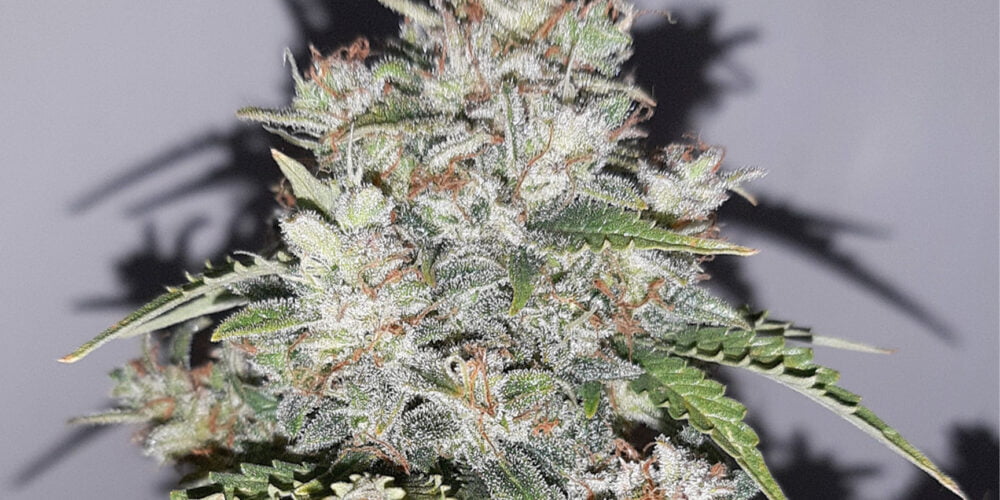
White cannabis strains, distinct in their appearance, derive their visual prominence primarily from the trichomes that densely envelop their buds.
Certain cannabis plants have a genetic predisposition favoring increased trichome production. These genetic traits often make plants sensitive to cooler temperatures, around 60-70°F (15-21°C) in the late flowering stage, resulting in enhanced trichome growth.
Additionally, some genetic markers enhance responsiveness to specific light spectra.
The nutrient balance in soil, especially phosphorus content, is crucial for trichome production. Optimal phosphorus uptake is achieved in slightly acidic soils with a pH of 6.0 to 6.5.
Micronutrients, like magnesium, further support trichome development by aiding chlorophyll production and photosynthesis.
Here are three renowned white cannabis strains, each distinguished by its trichome density, aroma, and therapeutic effects:
White Widow: A renowned hybrid strain, White Widow is notable for its uplifting euphoria and subsequent relaxation. It bears an earthy flavor infused with pine nuances.
White Rhino: Predominantly indica, White Rhino’s reputation hinges on its potent sedative properties. It’s frequently chosen for relief from stress and pain and possesses a woody aroma complemented by sweet notes.
The White: This strain is particularly unique, characterized by a pronounced trichome presence and a subdued scent and flavor palette. Users can anticipate a robust, balanced effect encompassing both mental clarity and physical tranquility.
White strains are often synonymous with potency. The heavy trichome coverage is not merely an aesthetic feature; it’s also an indicator of rich cannabinoid and terpene content.
As a result, many white strains are known for their powerful, fast-acting highs. These effects can range from intense cerebral stimulation, characterized by creativity and heightened focus, to profound physical relaxation, making them ideal for both recreational and medicinal users.
Flavor-wise, white strains present a diverse and intricate profile. Given the rich terpene content within the trichomes, these strains often exude a complex mix of flavors. They can have sweet and floral notes, reminiscent of fresh pine or lavender, juxtaposed with hints of earthiness or spice.
The aroma of white strains can be equally captivating, often marked by fragrances that range from musky and resinous to sweet and fruity. This combination of potent effects and intricate flavor profiles makes white strains a favorite among cannabis connoisseurs and enthusiasts alike.
For those who are interested in white cannabis strains, their genetics, types and effects, we have specially prepared this article: White strains of weed
To kick things off, how about considering our classic OG Kush in Sauce Cart? Also dubbed as “Deluxe OG Kush,” this hybrid strain is defined by its intricate terpene profile, offering a rich blend of aromas that feature hints of diesel, skunk, and spices.
Alternatively, you might be interested in our Chunky Monkey strain in mini joint. A sativa favorite, this particular strain is lauded for its knack for energizing users while simultaneously invoking an insatiable appetite.
With a THC concentration of 18%, Chunky Monkey delivers a delightful blend of joy and relaxation, making it popular among those seeking euphoric experiences.
Concluding our analysis of the diverse colors in cannabis, it’s clear that each color has distinct implications for the plant’s biochemical composition, potential flavor profile, and overall effects. The interplay between genetics and environmental factors determines these hues, underlining the cannabis plant’s complex nature and adaptability.
While the coloration of a strain does not directly indicate its potency, it does provide valuable insights into its chemical constituents and potential aromatic nuances.
For those researching or seeking to understand the intricate relationships within the cannabis plant, this summary offers an in-depth perspective on the significance of colors in cannabis. Each strain represents a specific combination of factors, warranting further exploration for both seasoned experts and those new to the field.


